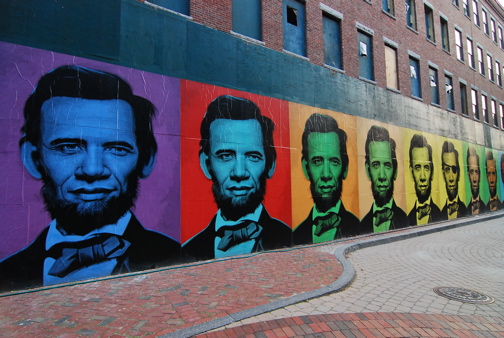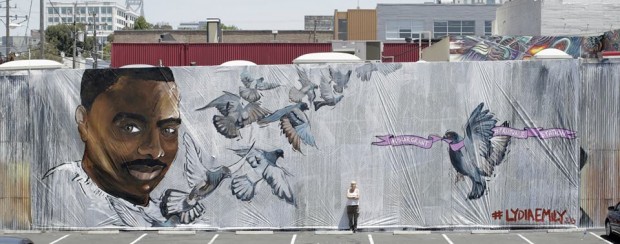Saul Bass (1920-1996) created an entire film genre. Bass started his career as a graphic designer who filled the American landscape with such designs as Exxon service stations and the jars for Lawry’s seasonings. But it was in film where he made his most lasting impact, as the man who invented the opening credit sequence as a free-standing movie-before-a-movie and elevated it into an art.

Movies have always had opening credits, but until The Man With the Golden Arm, in 1955, they were rarely more creative than having the names of the movie’s stars and production staff revealed by the turning pages of a book. However, Bass revolutionized the form when he created an innovative title sequence with a grotesquely deconstructed arm symbolizing heroin addiction for Preminger’s movie.
He designed the deconstructed body for Anatomy of a Murder; had an aerial camera swoop across Manhattan before zooming in on a schoolyard at the beginning of West Side Story, and set a black cat walking through the titles of Walk on the Wild Side. In what was perhaps his most daring innovation in opening credits, Bass created a reprise of the story of Around the World in 80 Days in a 20-minute sequence that did not run until after the movie.
Together with his wife, Elaine Bass, he made a series of acclaimed short movies, among them From Here to There (1964) and Why Man Creates, which won an Academy Award for documentary short subject in 1968.
Bass, also did the titles for Alfred Hitchcock’s Vertigo and North by Northwest, but did even more for Psycho. The director had become so impressed with Bass’s work that he included him in the planning of the infamous 70-shot shower sequence within the film. The same year he also helped Stanley Kubrick design the final battle scene in Spartacus.





